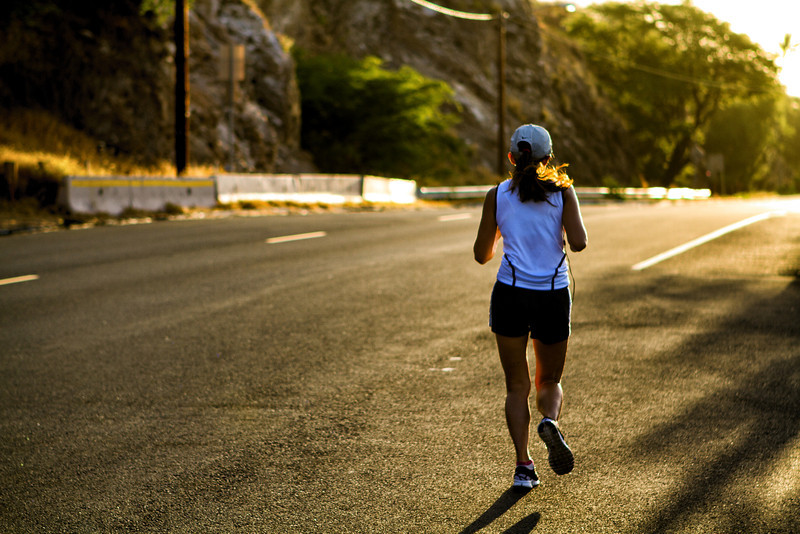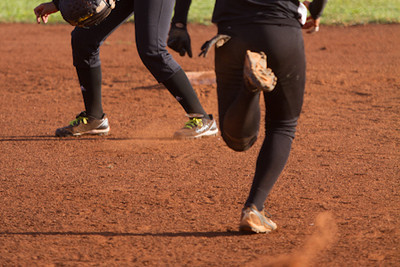PART TWO – “THE FLAT FOOT”
IF…
– when you walk on the beach, you leave the impression in the sand of your entire foot
– the arch of your foot touches the ground when standing
– your big toe is getting crooked and crowding your second toe
– somehow you keep having to buy bigger shoes because your foot is getting wider
– you have pain on the bottom of your foot along the arch and heel
– your feet get sore while going barefoot and sometimes putting on that comfy pair of running shoes or supportive slippers feels so good
…then congrats you have flat feet!
Generally speaking, the flat foot is an anatomical indicator of greater flexibility throughout the entire musculoskeletal system. While flexibility is a good thing, over time, especially with running or impact activities, the dense, fibrous tissue (plantar fascia) on the bottom of the foot becomes overstretched and strained causing onset of the painful condition known as plantar fasciitis. This overstretching also strains the supportive structures (posterior tibialis/anterior tibialis) of the foot and ankle with subsequent onset of painful shin splints.
Another common problem with flat feet is the development of a painful bunion where the big toe crowds and may overlap the second toe. This condition decreases the ability of the big toe to balance and push off while running and jumping. As we age and with increased mileage on the feet, the bunion can become arthritic leading to further joint damage and pain. As the foot gets flatter and wider, it also strains the heads of the long bones of the foot (metatarsals) under the ball of the foot, creating the painful condition known as metatarsalgia. People with flat feet are also more prone to rolling or spraining their ankles because of their increased flexibility. This type of ankle sprain tends to reoccur with running, jumping, and sports activities limiting performance and causing ongoing injury.
Foot and ankle pronation with flat feet also cause problems upstream with the knee. As the foot and ankle roll inward, it takes the knee with it creating strain to the inside of the knee and adding to knee cap (patellar) malalignment and tracking problems known to cause knee pain and inflammation.
If you have flat feet don’t despair, the doctors at IMUA Orthopedics, Sports & Health can help you!
Dr. Gesik will utilize Osteopathic Manipulative Treatment (OMT) techniques to identify and treat painful pressure points in your calf and Achilles tendon, in the ligaments of your ankle, and the bottom of your foot in the plantar fascia. Dr. Gesik will also use hands-on-techniques to mobilize any stiff joints in the heel (rearfoot), midfoot, forefoot, big toe, and ankle to restore proper foot and ankle mechanics necessary to efficiently absorb and transmit shock during impact activities thus eliminating the cause of ongoing foot and ankle pain. X-ray or imaging studies may be indicated to rule out structural or congenital malformations and to identify any stress fractures in the foot and ankle.
Physical therapy may be prescribed for additional hands on treatment and for instruction in a home program emphasizing proprioceptive (balancing) exercises, stretching of the tight calf and Achilles tendon, taping of the foot and ankle to support the plantar fascia and provide additional bracing to the ankle with jumping and impact activities.
Proper shoe wear is imperative to support the flat foot with running, jumping, and sports related activities. Generally speaking, the flat foot does much better with a more stable, pronation control type of running shoe. Referral for custom foot/ankle orthotics (shoe insoles) can further eliminate increased strain to the foot and ankle with impact activities.
Activity modification during the painful phase is essential to eliminate further strain secondary to excessive impact forces. Utilizing cross training methods including cycling, swimming, and elliptical type exercise will allow you to stay active during the recovery phase while avoiding additional injury. Once the pain stabilizes, you will be instructed in a comprehensive program to safely return you to full activity levels including distance running and jumping sports like basketball and volleyball.
If your sore, achy, flat feet and chronically sprained ankles are keeping you from doing the activities that you love, then come see the doctors at IMUA. You can get better and stay better, to move you forward in your active life.
Mahalo to Musashi for the wonderful photos – http://www.musashi671.com/












